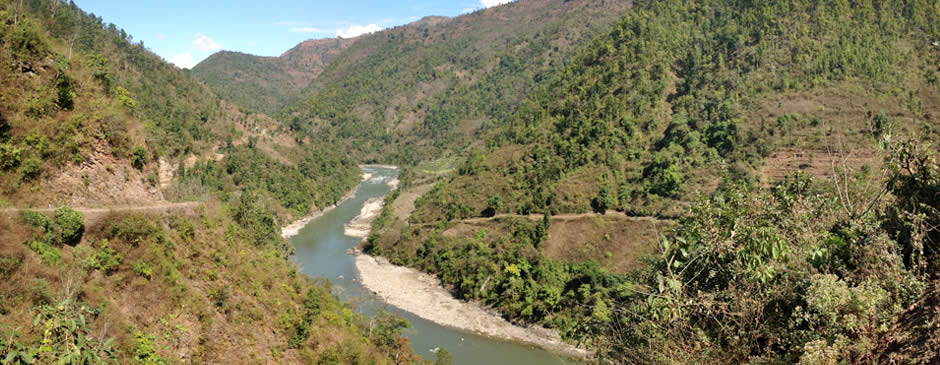
The board of directors of Nepal Electricity Authority (NEA) has approved the draft power purchase agreement (PPA) initiated with Nepal Water and Energy Development Company (NWEDC) for the development of the 216 MW Upper Trishuli-1 Hydroelectric Project. The project site is located near Dhunche, the headquarters of Rasuwa district.
The Source:
- “A board meeting of the NEA on Wednesday approved the draft PPA,” said Kulman Ghising, managing director of the NEA. “We will sign an agreement with the developer after it deposits Rs. 210 million with us as a performance guarantee.”
- According to the NEA, the agreement has been drawn up in accordance with the PPA guideline issued by the Energy Ministry in April 2017.
The Details:
According to the NEA, the agreement has been drawn up in accordance with the PPA guideline issued by the Energy Ministry in April 2017.
According to the PPA:
- The hydropower project will sell electricity to the NEA at the rate of Rs.8.40 per unit during the dry season (May-December) and Rs. 4.80 during the wet season(June-November).
- The payment from NEA will be made in US dollars for a period of 10 years or until the project has reimbursed its foreign loans if that happens earlier.
- The exchange rate applied for the payment will be the same as on the day the PPA is signed.
- The payment will only be made in US dollars for the portion of the investment made with foreign loans, and it cannot exceed 80 percent of the total project cost.
- The developer’s internal rate of return on the investment should not exceed 17 percent. If it exceeds the limit, the power purchase rate should be revised down.
Backstory:
- The NEA has previously signed a dollar-denominated PPA with Langtang Rasuwa Hydropower Limited, the developer of the 120 MW Rasuwa-Bhote Koshi Hydropower, on last November.
What to Expect:
- The plant is expected to generate 1,456.4 gigawatt hours of net electricity per year, of which 1,149.7 gigawatt hours will be generated during the wet season and 306.7 gigawatt hours during the dry season.
The Latest
-
BYD Sealion 7 Set to Launch in Nepal: Bigger Than Atto 3, Pricier TooHIGHLIGHTS BYD Sealion 7 price in Nepal is expected to be between Rs. 70 Lakhs…
-
Nothing Phone (3) Pre-Booking Now Open in Nepal with Exciting Offers!HIGHLIGHTS The Nothing Phone (3) price in Nepal starts at Rs. 109,999 (12/256GB) with the…
-
Honor X6c with 120Hz Refresh Rate and IP64 Rating Open for Pre-BookingHIGHLIGHTS The Honor X6c price in Nepal is Rs. 16,999 (6/128GB) and Rs. 18,999 (6/256GB).…








